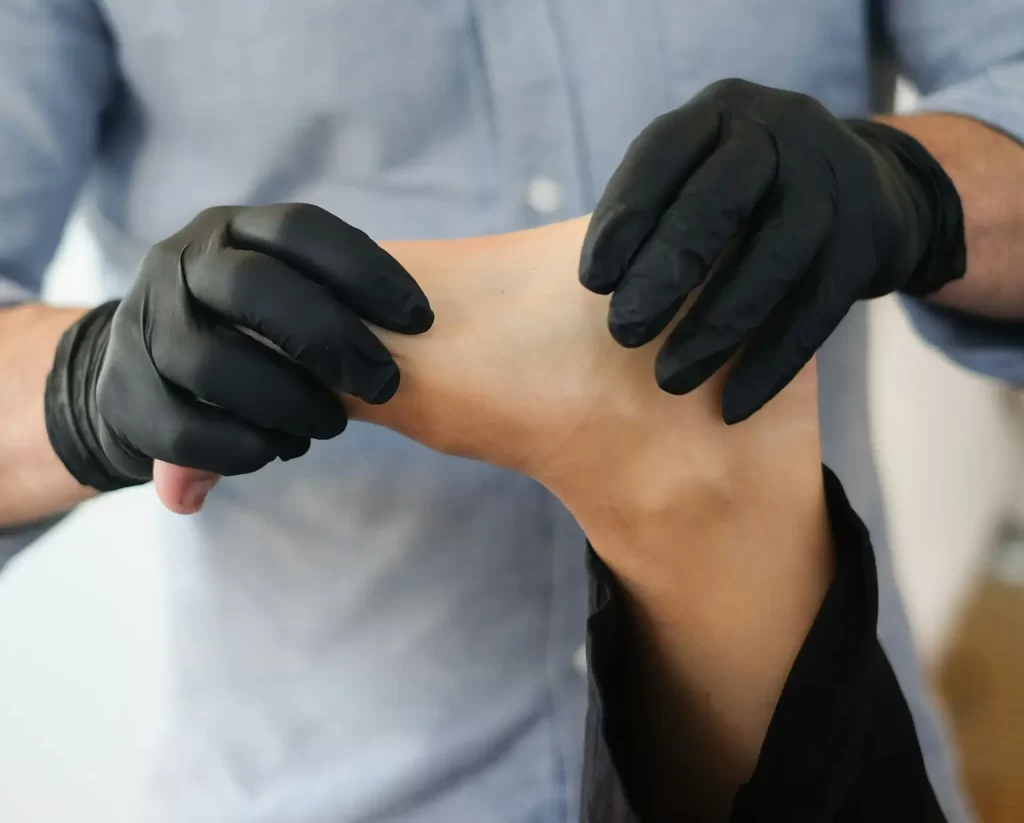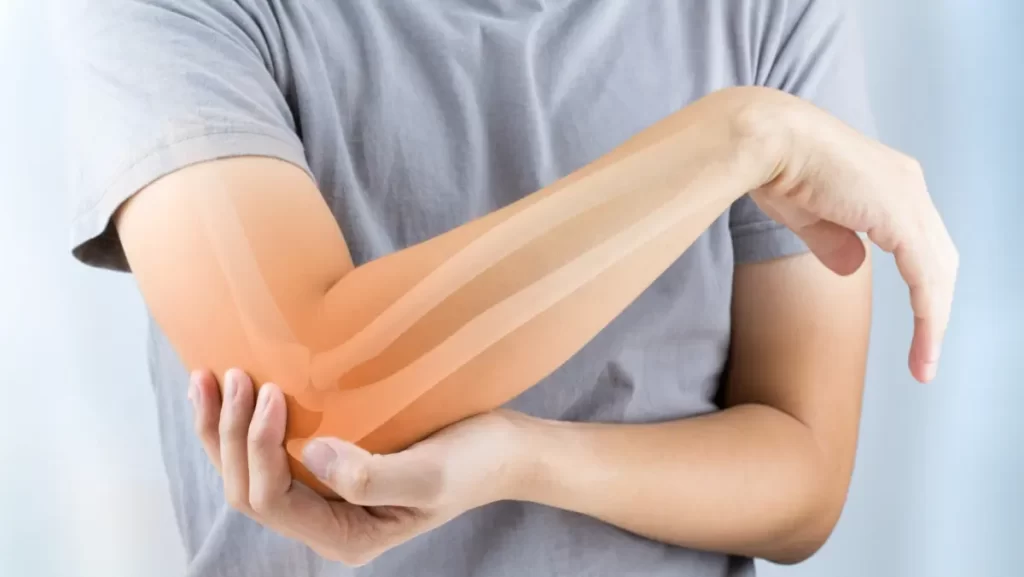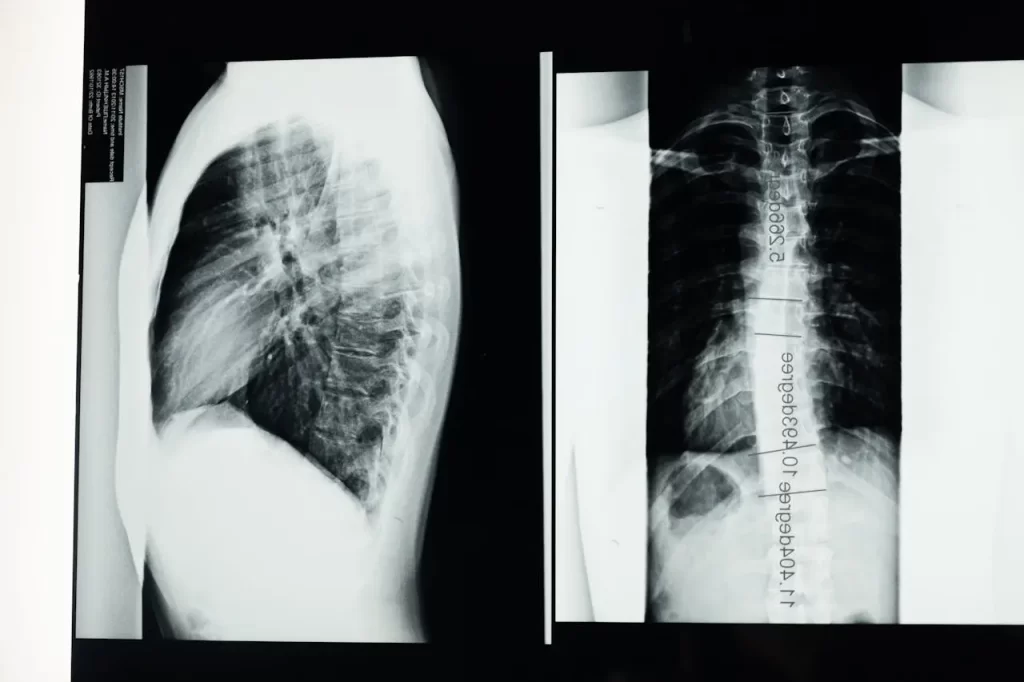There once was an old woman who lived in a…high heel? Okay, so that’s not exactly how the story goes, but if it did, that would be the crankiest woman in the world. It is proven that it’s four times more likely that women will suffer from foot or ankle pain issues than men, due to the shoes they wear. A shoe with just a two inch heal can actually cause a 57% increase in pressure on the forefoot. Every woman knows that sometimes beauty comes with a price, but how much are you willing to pay?
Though sometimes difficult to understand, knowledge about your own anatomy and potential issues can be very beneficial. The forefoot, midfoot and hindfoot are the three subdivisions that make up the foot. In addition to the 26 bones, the foot and ankle use tendons, muscles and over 100 ligaments to work normally. The foot is similar to a machine, so if an issue occurs with one area, it can affect the entire foot and even other leg joints. Injuries to the foot can range from purely irritating to even debilitative at times.
I am sure most of you have heard the phrase “Women are from Venus, men are from Mars.” It is weirdly true, even when it comes to feet. Everything about a woman’s foot is smaller; the metatarsals, the toes, the ball of the foot, the arch. The foot and ankle joints have a 20 to 25 percent lower volume and surface area and up to 16 percent thinner cartilage. Greater laxity in female ligaments and plantar flexion (flexion of the foot up and down) cause a greater range of motion in the ankle and a larger possibility for foot pain and injuries.
We have seen a woman who worked in retail for 10 years. She wore high heels every day, not thinking about the possible consequences. Now, 20 years later, she has foot pain and weak ankles causing her to fall a lot. High heel shoes do not just affect the feet. A 1.5 inch heel increases knee torque while walking, which may be a reason why women have a higher incidence of knee osteoarthritis. The foot isn’t designed to be put into constant unnatural or stressful positions. So whether you wear high heels often or are living a very physical life, take care of your feet. Think about decreasing the height of your heels and let your feet rest. If that doesn’t help, visit Motion Physical Therapy and let our experienced therapists evaluate your foot biomechanics and create a comprehensive treatment plan.






